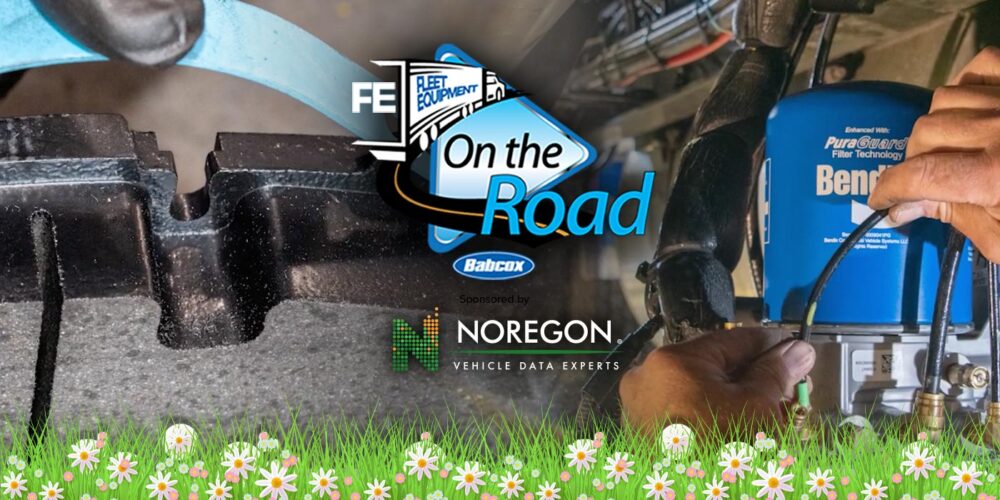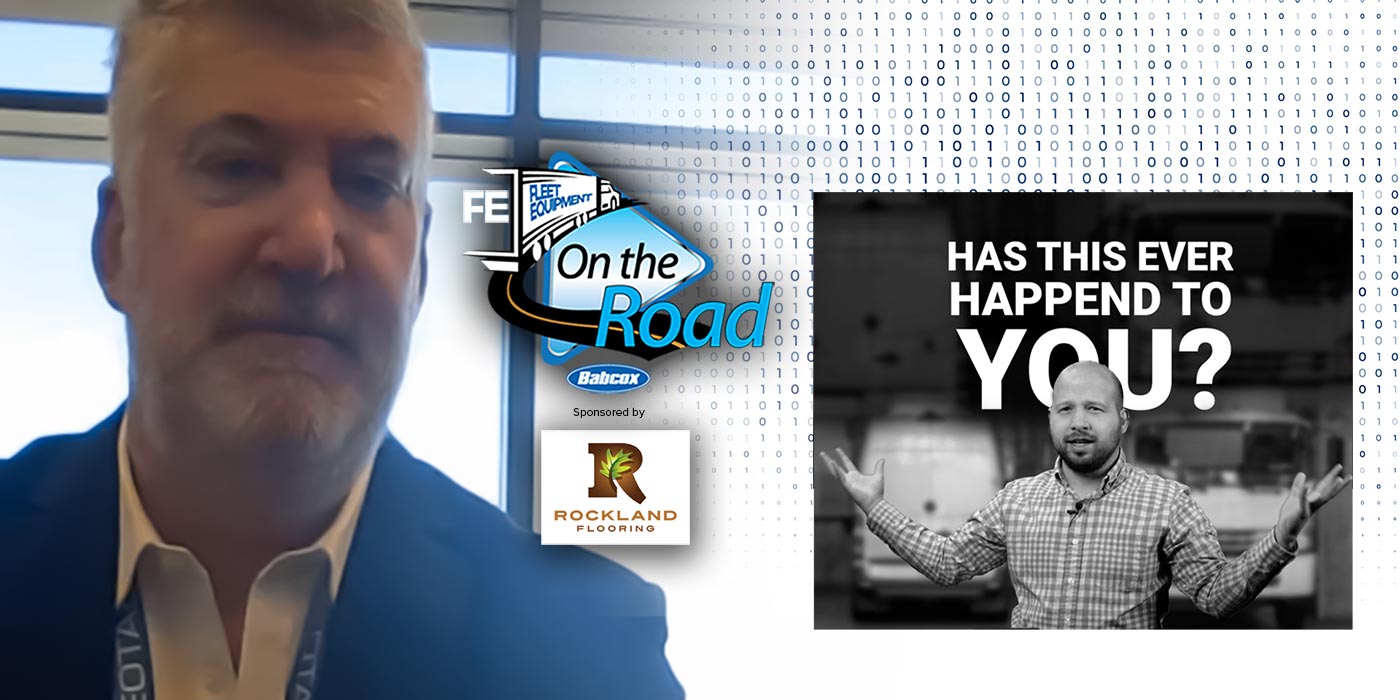In the world of ADAS, the way one system works in one truck could be subtly different from the way it works in another one. It all comes down to equipment and system integrations.
Click here to watch more of FE’s On the Road video series.
Here is a transcript of the video:
Every piece of trucking equipment has its nuances, and it’s those little operational differences that end up adding up to big fuel efficiency savings while boosting your fleet’s productivity.
In the world of advanced driver assistance systems, or ADAS, which offer adaptive cruise control, emergency braking assistance and lane keeping assistance, the way one system works in one truck could be subtly different from the way it works in another one. It all comes down to equipment and system integrations.
For example, let’s say there are two truck OEMs putting the same ADAS in their trucks; the way that system is integrated into those trucks is going to be completely different. The visual alerts will be different, the audible alerts will be different, even the way it’s integrated into the driver information display will be different.
It’s important for a fleet, especially one with different OEM trucks in their fleet, to train drivers as to what alerts are specific to the truck they’re driving. Even though the end result is the same, as the systems will try to mitigate a collision event, the alerts themselves are there for a reason: They want the driver to intervene and take control.
On the road, you don’t want your drivers wondering what the alert means; you want them to know what the alert is telling them so that they can act quickly. That same level of understanding comes into play with advanced features such as adaptive cruise control and braking and lane-keep assist systems. Drivers need to be keenly aware of how those systems operate to ensure they’re using them properly.
Consider differences in lane-keep assist systems offer different levels of lane keeping control. Some are designed to keep you in the center of the lane, and some only kick in to prevent you for going outside the lane.
Of course, this brings us to one very important similarity: These are assistance systems. The expectation is that the driver is still in complete control of the vehicle and aware of everything going on around him or her.
That’s why it’s important that fleet managers train their drivers on what the systems are capable of, as well as the system’s limitations. You don’t want to under-trust the system and you don’t want to over-trust the system. And you definitely don’t want drivers to be complacent by thinking the system will drive for them. They are driver assistance systems.













